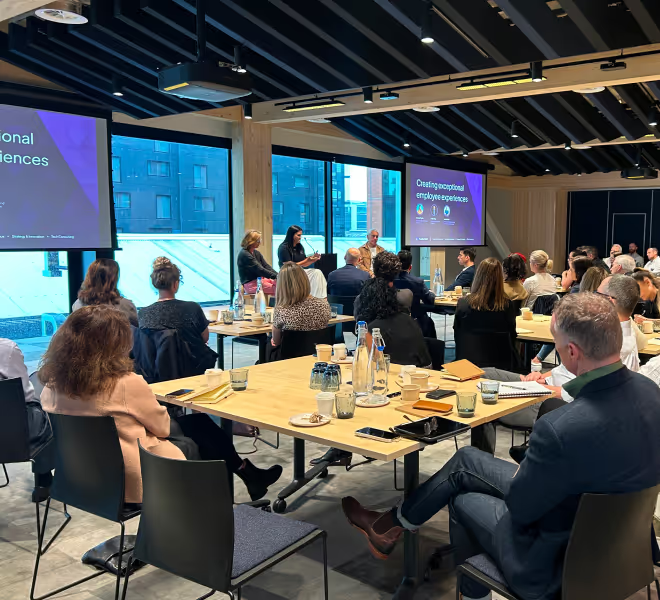Most organisations want to grow. As the mantra goes ‘if you’re not growing, you’re being left behind’. But although most organisations know in which markets they want to grow, many often struggle to deliver on their growth aspirations. Despite their best efforts, the products and services they take to market don’t deliver the customers and revenues that were in the business case.
Professor Clayton Christensen from Harvard Business School famously brought attention to this in his iconic HBR article when he stated “Thirty thousand new consumer products are launched each year. But over 90% of them fail - and that’s after marketing professionals have spent massive amounts of money trying to understand what their customers want”.
Fortunately, considerable progress has been made in recent years around understanding why products and services fail. Many new products fail to deliver the expected growth not because they don’t work - organisations are very good at building products with features and benefits that work - but because they make ‘improvements’ on dimensions of value that don’t drive customer choice.
That is why the most critical part of any new product development process is to uncover the causal drivers of choice. Importantly, these are the drivers that cause customers to choose a particular solution.
If a company doesn’t understand why its customers might choose to buy its product and why they might choose to buy something else, its data is unlikely to help it create any new innovations that will lead to more sales.
It’s seductive to believe that we can see important patterns and cross-references in our data sets, but that doesn’t mean one thing actually caused the other. As Nate Silver, author of The Signal and the Noise points out, “ice cream sales and forest fires are correlated because both occur more often in the summer heat. But there is no causation; you don’t light a patch of the brush on fire when you buy a pint of Häagen-Dazs.”
Of course, it’s no surprise that correlation isn’t the same as causality. But although most organisations know that, they typically act as if there is no difference. They’re comfortable with correlation. It allows managers to sleep at night. But correlation does not reveal the one thing that matters most in innovation - the causality behind why customers might purchase a particular solution.
The best model for uncovering the deep, causal drivers of customer choice and behaviour is to utilise exploratory research underpinned by Christensen’s Jobs To Be Done methodology. Jobs To Be Done research is not primarily focused on ‘who’ did something, or ‘what’ they did - but on ‘why’. It uncovers why they want it and why they make the choices they make. It gets underneath the surface and exposes the deep functional, social and emotional Jobs that are the causal drivers behind their choices and behaviours. And when you are solving a customer’s Job, what matters is not the bundle of product attributes you rope together, but the experiences you enable to help your customers make the progress they want to make.
If you’d like to learn about Jobs To Be Done methodology and how to uncover your customers’ causal drivers of choice, then we’d love to chat to you. It’s what Chris, our new Innovation and CX lead, has been helping organisations do for the last ten years and it’s the stuff he loves to talk about particularly if it involves a great cup of coffee!






